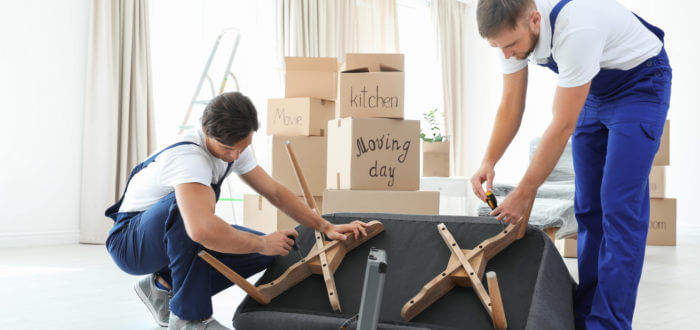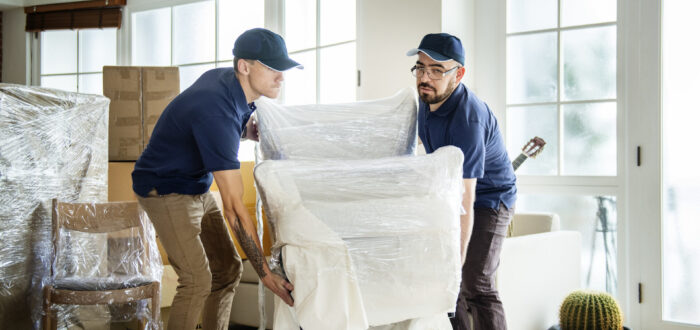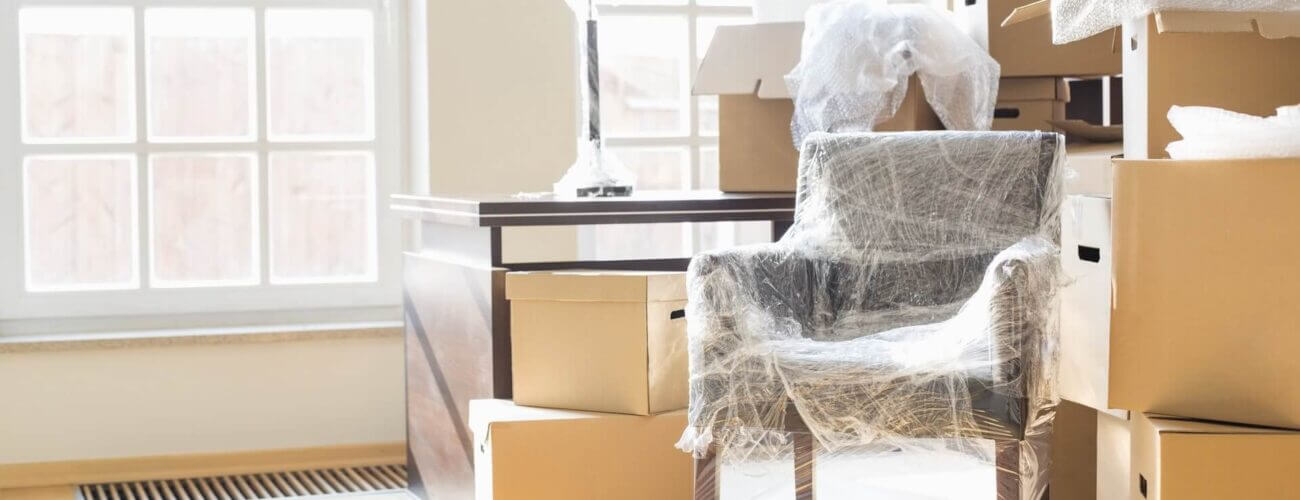

The Expert Guide on How to Pack a Chair for Shipping Across the Country
Posted in How-to,Moving Tips & Tricks on March 5, 2024
Shipping large items cross-country requires meticulous attention to detail and a strategic approach, especially when it comes to furniture. This expert guide on how to pack a chair for shipping will walk you through the step-by-step process, ensuring your furniture arrives at its destination in the same condition it left. There’s just something about old furniture making a new space feel like home.
How to Pack a Chair for Shipping 101
Packing and shipping furniture safely involves a detailed process of assessing chairs for vulnerabilities, cleaning, and disassembly if applicable, followed by gathering the necessary protective packing materials for chairs.
Protective measures for fragile areas and detachable parts are essential, as is choosing between boxing or custom crating based on the chair’s size and value. Insurance and furniture shipping tips, including selecting a reliable carrier and understanding insurance coverage, ensure a safe and secure transit across the country.
Start by Assessing Chairs Before Shipping
Before you embark on moving chairs across the country, a comprehensive assessment is essential to ensure they all arrive safely and intact. This process starts with identifying whether you need to pack a gaming chair, an office chair, a recliner, or a delicate antique – and understanding its specific needs and vulnerabilities. You’ll need to examine the chairs closely, pinpointing any fragile areas and detachable parts and assessing the materials from which they’re made.
This step is crucial for determining the right packing strategy that will protect furniture pieces throughout transit. Cleaning and pre-preparation further safeguard the chairs, ensuring that they are not only free from dirt and potential stains but also disassembled correctly, if possible, to reduce the risk of damage. This meticulous approach sets the stage for a secure and worry-free shipping experience, ensuring that chairs reach their destination in the same condition they left.
Identifying Types and Vulnerabilities
The initial step in preparing the chairs for transport involves identifying their specific type, such as whether it’s an office chair, recliner, or antique. This classification helps in knowing its structure and potential vulnerabilities.
Assess each one for any fragile areas, detachable parts, and the materials it’s made from. For instance, an antique might have delicate joints needing extra protection, whereas office chairs might have components that can be adjusted or removed.
Cleaning and Pre-Preparation Are Necessary Before Wrapping
Before cross-country move packing, it’s crucial to clean the chairs thoroughly. This step ensures that dirt and grime don’t cause damage or become more difficult to remove during transit. Use appropriate cleaning methods for different materials, ensuring fabric is vacuumed, spots cleaned, and wood or metal surfaces are wiped down.
For chairs that can be disassembled, carefully remove parts such as legs, arms, and cushions. Packing these items separately can minimize the risk of damage during transport. Keep all hardware in a clearly labeled bag, and take photos or detailed notes during disassembly to aid in reassembly later.
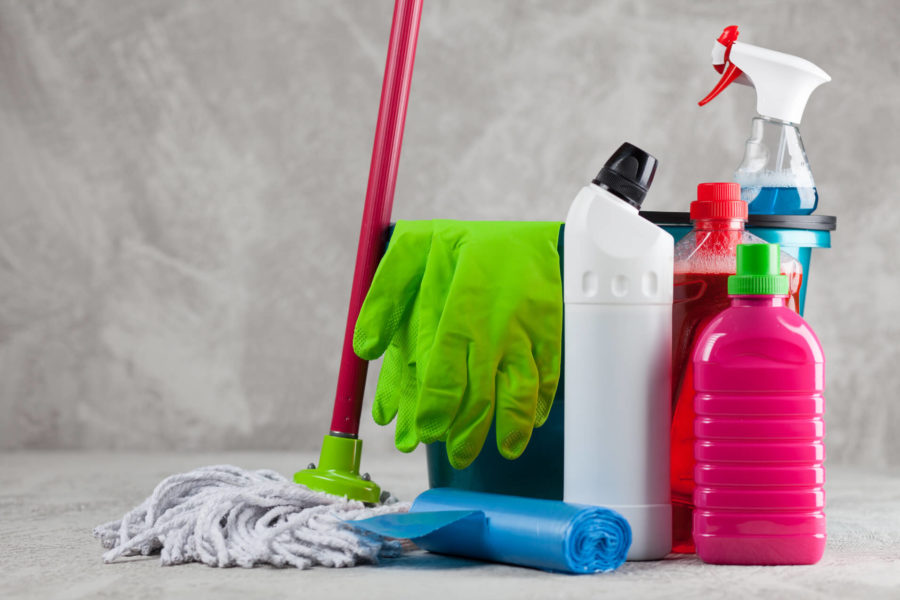
Gathering Necessary Packing Materials
Securing the right packing materials is foundational to the safe move of furniture pieces. You’ll need to stock up on certain supplies and invest in high-quality materials that will protect chairs best.
For those looking to reduce their environmental impact, there are eco-friendly materials available, ensuring the packing process is not only safe but also kinder to the planet. Additionally, having the proper tools for disassembly will streamline both packaging and reassembly, making the entire process efficient and effective.
Selecting the Right Supplies Is Crucial
When preparing for a move, gathering the right packing materials is a pivotal step. Each material plays a critical role in protecting from bumps, vibrations, scratches, and other relocation mistakes during transit. Essential supplies you’ll need to stock up on include:
- Bubble wrap for cushioning,
- Packaging paper for wrapping,
- Stretch wrap to secure wrapped items,
- Sturdy boxes or custom crating options for the main structure.
Use the Right Tools for Disassembly and Packing
Proper disassembly of the chairs can make packing and shipping both safer and more efficient. To do this effectively, you’ll need the right tools on hand, such as screwdrivers and wrenches, tailored to the chair’s assembly.
This step not only facilitates a smoother and more efficient packing process but also reduces the risk of damage by making the chair more compact and manageable. Additionally, keeping small parts organized is crucial – using labeled bags for screws and other small components ensures they won’t get lost in transit and makes reassembly upon arrival a hassle-free task.
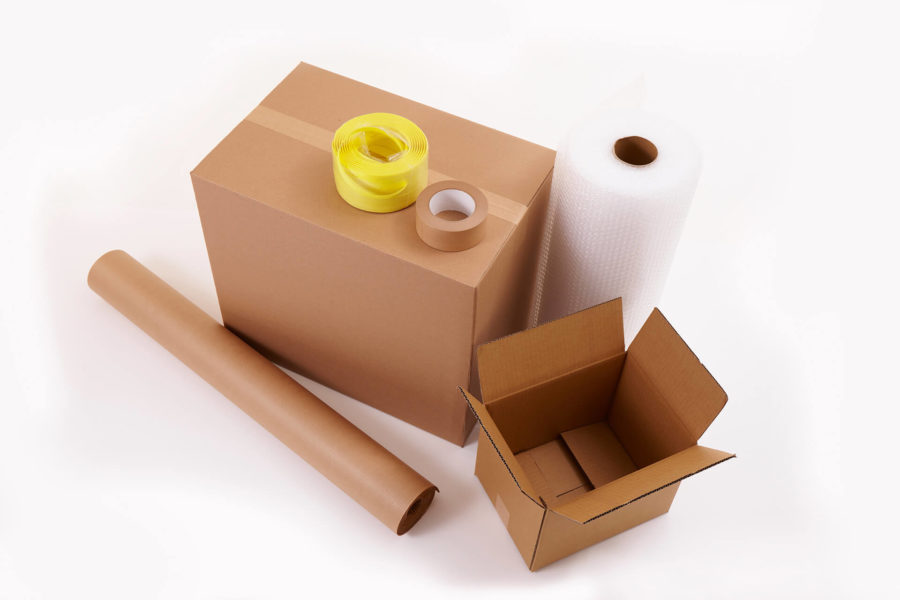
Use This Step-by-Step Packing Guide
Packing chairs when moving cross country demands a careful and methodical approach to ensure they arrive in pristine condition. This process encompasses everything from protecting fragile items and detachable parts to wrapping and cushioning the chairs comprehensively.
The right chair packing techniques and materials can make all the difference in safeguarding items against the bumps and jostles of transit, ensuring that they reach their destination as they left – intact and unscathed.
Protecting Fragile Areas and Detachable Parts
When packing chairs for shipping, start by focusing on the fragile areas and any detachable parts. Wrap legs, arms, and other removable components individually with bubble wrap or packaging paper to ensure they’re well-protected.
For chairs with fabric or leather surfaces, use a layer of stretch wrap or soft packing materials to shield against scratches, tears, and other damage. This careful attention to detail will help maintain the integrity of both the chair’s structure and its aesthetic appeal during transit.
The Most Important Part – Wrapping and Cushioning
The next step involves wrapping up the chairs to safeguard them against impacts. Encase the entire chair in bubble wrap or furniture pads, securing the material with tape to prevent shifting. For added protection, particularly in the most vulnerable areas, stuff packaging paper or foam between the wrap and the surface of the chair.
This dual-layer approach ensures that the chairs are cushioned against shocks and vibrations, significantly reducing the risk of damage. By following these steps meticulously, you’ll significantly enhance the chair’s chances of arriving in the same condition it left, ready for use in its new location.
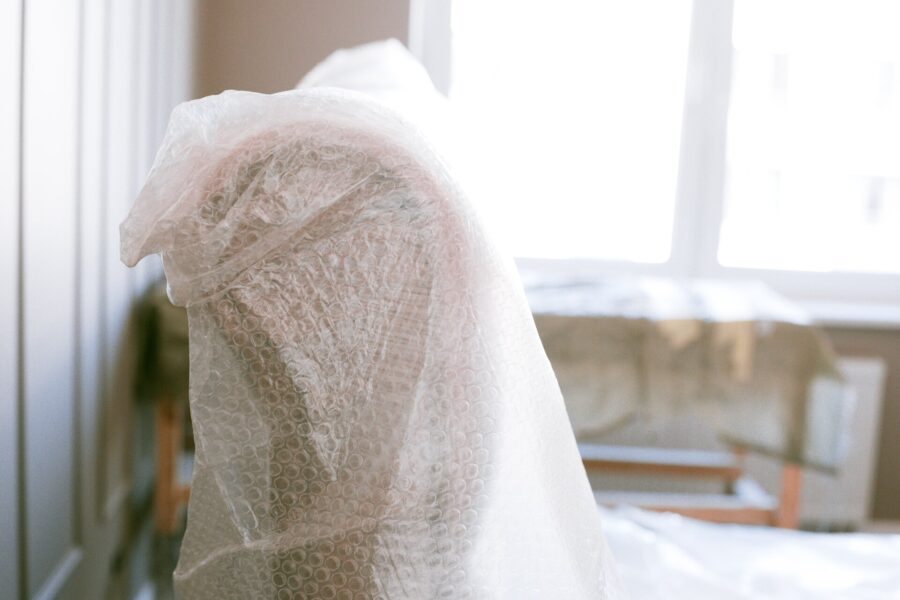
Boxing or Crating – Which Is the Best Option for You?
When it comes to the final steps of preparing chairs for transport, deciding whether to use a box or a custom crate is crucial. This decision hinges on various factors, including the chair’s size, value, and fragility. There’s a significant difference in cost and effort between these two options, so let’s see which one is a better fit for you.
Choosing Between Boxes and Custom Crating
The decision between using a box or a custom crate should be based on the chair’s size, value, and the level of protection required. Regular moving boxes can suffice for standard, less fragile chairs and are often more cost-effective and accessible. You can even find free relocation boxes on sites like Craigslist if you’re trying to save on moving costs.
However, for larger, more valuable, or antique chairs, custom crating offers unparalleled protection, accommodating the specific dimensions and providing sturdy support against impacts. Regardless of your choice, it’s crucial to secure the chair properly within the container. This might involve additional padding, bubble wrap, or even custom supports to keep everything snug and immobile during transport.
Final Step – Sealing and Labeling for Shipping
Once the chairs are safely packed within a box or crate, the next steps are sealing and labeling. Use strong, durable packaging tape to seal the container securely, reinforcing all seams and openings to prevent accidental opening or exposure. When labeling boxes, ensure that all pertinent information is clear and legible.
This includes the destination address, return address, and any special handling instructions. Moving labels should be placed on multiple sides of the container to ensure visibility, regardless of orientation during transit. Proper sealing and labeling not only secure the packages but also facilitate a smooth transportation process, ensuring that the chairs arrive safely and are handled correctly every step of the way.
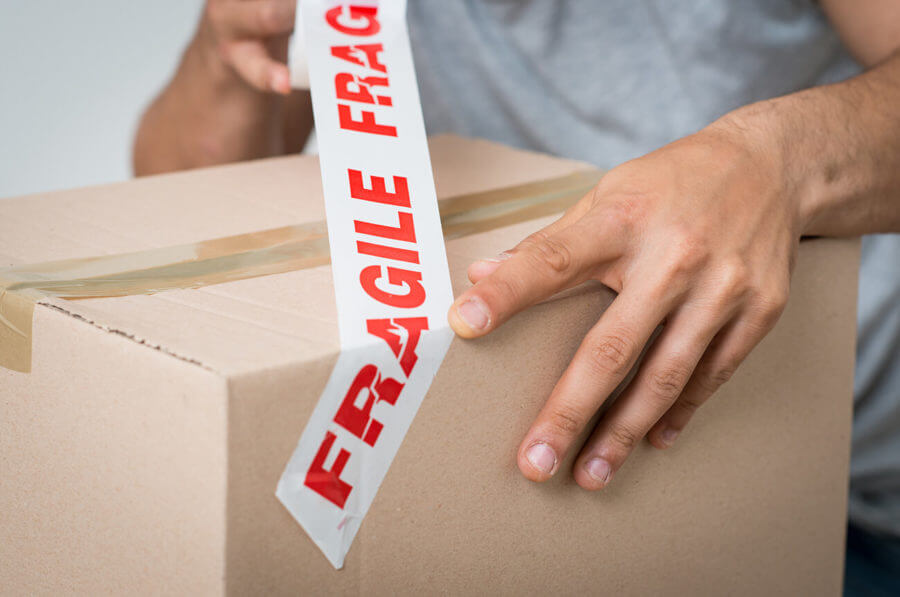
Shipping and Insurance Tips
When you’re ready for moving across country with carefully packed chairs, selecting the right shipping carrier and knowing insurance options become the next crucial steps. These decisions ensure not only the safe transit of any chair but also peace of mind for you, the sender. Each carrier offers a unique blend of services, prices, and insurance options tailored to different needs and preferences.
Selecting a Shipping Carrier – Reliable Long-Distance Movers Can Make a World of a Difference
Choosing a moving company experienced with cross-country furniture moves is essential. Look for carriers such as Cross Country Movers, with positive reviews for handling large, fragile, or valuable items. Compare the costs, range of cross-country moving services, and delivery times of various carriers to find the best fit for your needs. Delivery times can vary, so consider how quickly you need the belongings to reach their destination.
Understanding Insurance Coverage
Insurance is paramount during the process of long-distance moving, especially when dealing with high-value or antique chairs. It provides financial protection against damage or loss during transit. Start by evaluating the chair’s value and then review the insurance coverage options offered by the chosen carrier.
Many carriers provide basic insurance, but for high-value items, you might need to purchase additional coverage. Read the fine print to learn what is and isn’t covered, including any deductibles or limits on claims.
If the carrier’s insurance doesn’t meet your needs, look into third-party insurance companies that specialize in transport insurance. These policies can often be tailored more precisely to the value and nature of a specific item, ensuring that you’re fully covered in the event of an unfortunate incident.
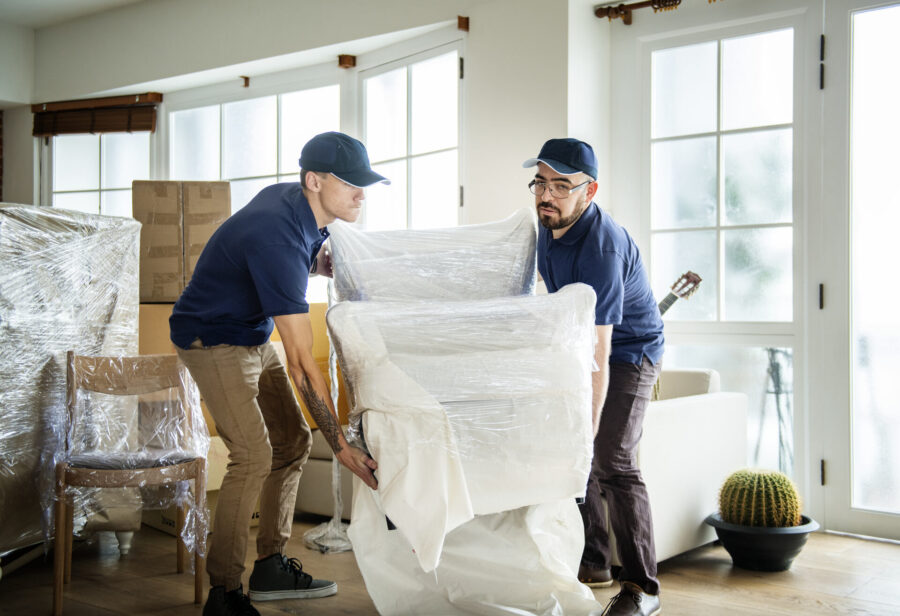
Journey’s End – Mastering the Art of Chair Shipping
Successfully moving a chair across the country requires careful preparation, from the initial assessment and cleaning to the meticulous packing and selection of the right shipping carrier and insurance coverage. With these steps, you can confidently ship every chair, knowing it will arrive at its destination in the same condition it left, ready to be enjoyed for years to come.
Or you can go the stress-free route and hire professional movers to do it for you. Contact us at Cross Country Movers and allow our team to take care not only of your chairs, but all aspects of the move. From packing services to unloading at the new home, we take care of everything and ensure all your belongings arrive as they were.
FAQ
Can I Ship a Leather Chair Without Damaging It?
Yes, by using protective coverings like bubble wrap and stretch wrap and ensuring the chair is securely packed to prevent movement.
What’s the Best Way to Pack a Recliner for a Move?
To pack a recliner – disassemble if possible, secure moving parts, wrap in furniture pads or bubble wrap, and ensure it’s immobilized in a sturdy box or crate.
How Do I Ensure My Chair Won’t Get Damaged During Long-Distance Furniture Transport?
Use adequate cushioning, secure loose components, choose appropriate packaging materials, and get insurance for added protection.
What Should I Do if My Chair Is Too Large to Disassemble?
Wrap and cushion it thoroughly, utilize a custom crate for transport, and ensure it’s securely braced to prevent movement inside the crate.
How to Pack an Office Chair for Shipping?
If you want to know how to pack an office chair for moving – first disassemble it and wrap each part in bubble wrap. Then, place the wrapped pieces in a box and fill gaps with crumpled paper or foam to prevent movement during transit.

